Hallowe'en has always been big in the UK, but in a different way to the US Trick or Treat. Crowds of us would spend weeks thinking up our costumes and making them ourselves out of old sheets, shiny stuff, blankets, bandages - in fact anything we could get our hands on (commercialism has taken the edge off today, with shops crammed full of decorations, flamboyant costumes, make-up and special food). Then we'd plan our party. Back then pumpkins were not popular in the UK so we made do with swede. Try hollowing out and carving a swede: hard - literally! And the smell of searing swede when the candle was lit... mmmm). We loved apple bobbing, apple tucking and other spooky games, traditional food and fun. No "trick or treat" for us: announced by the chant "help the tuckers" we would knock on doors of sympathetic neighbours and collect spare change which we would then pool and use to buy fireworks for Guy Fawkes night, just 5 days after Hallowe'en.
Guy Fawkes Night - a tradition reserved for the Brits. it doesn't happen anywhere else in the world and most non-Brits wouldn't have a clue what it is or what it symbolises. It goes back a long time - back to King James 1 in fact. They were dark times, and Catholics were not tolerated in Britain. They had to worship in secret and priests were persecuted if caught. But they had many supporters who felt that things needed to change. So a group of protestors led by Robert Catesby plotted to blow up the king while he was at Parliament. Guy Fawkes was given the job of guarding the gunpowder which had been hidden in the cellars under the House of Parliament. Unfortunately he was betrayed and caught. The rest of the gang were also rounded up soon after. They all met rather a sticky end. On 5th November every year, the anniversary of the Gunpowder Plot, bonfires are lit, fireworks are set off and effigies of Guy Fawkes are burned. As with many other traditions the sinister undertones are overlooked and it has become a time for merrymaking and family fun.
And this brings me nicely round to another important event - Remembrance Day. Held on 11th November every year, the ceremony commemorates the end of World War 1 and all other conflicts that have taken place since. It is a time to remember those who gave so much so that we could be free and their families. A minute's silence is held at 11am - the 11th hour of the 11th day of the 11th month and also on Remembrance Sunday. The poppy has been adopted as the symbol of remembrance and has been adopted by the British Legion to represent their Poppy Appeal.
It is important that our young people realise and understand the huge implications of Remembrance Day. Children at our school loved going from class to class selling poppies, but when I asked them why they were doing it and what they were for, they didn't know. I always make a point of telling children about this important event, in a way that delivers the message in a child-friendly way. It was hit home to me last year when I visited Arnhem and Oosterbeek, one of the settings for Operation Market Garden in September 1944. It seems such a long time ago, but in reality it was within living memory, as testified by the remaining British Paratroopers who make the pilgrimage to Oosterbeek every September to join their commemorative walk. They are getting smaller in number, but we should make sure that they are never forgotten.
I have prepared a selection of resources especially for this time of year. If you are one of my US readers, perhaps you would like to give Guy Fawkes a try - I'd love to see your photos or samples of your pupils' work.
Hallowe'en
First, a freebie for you to enjoy:
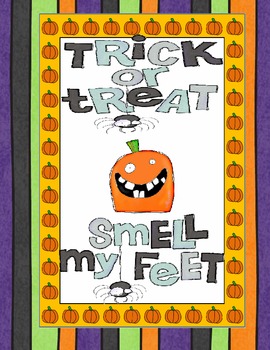
Guy Fawkes

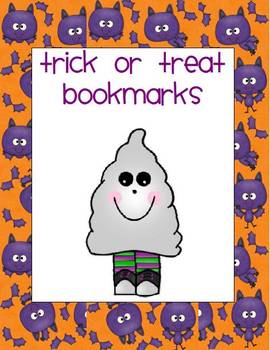
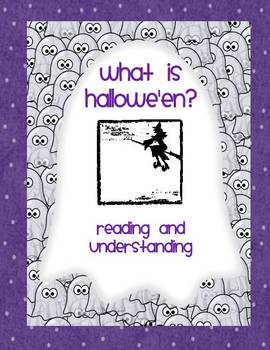

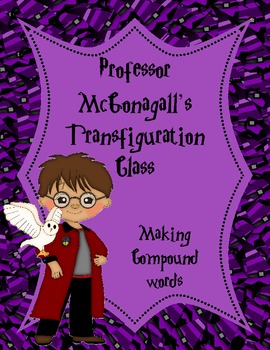
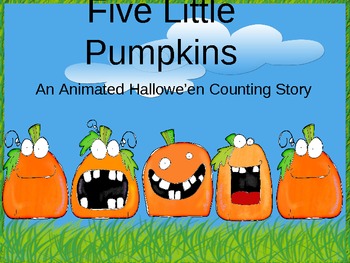
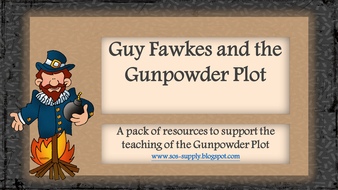
No comments:
Post a Comment
Thank you so much for taking the time to leave me a message. I read every single one and try to reply to as many as possible.